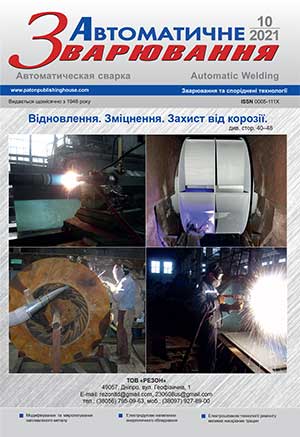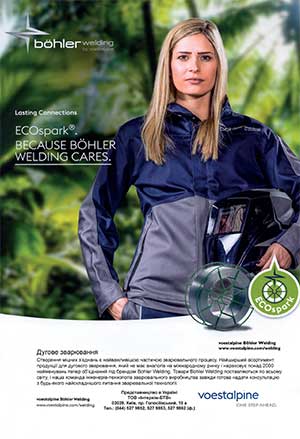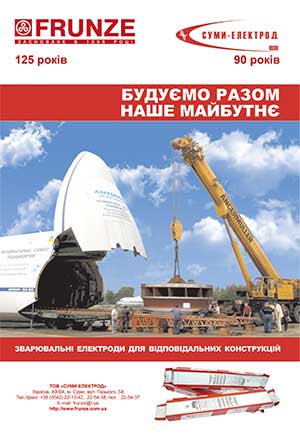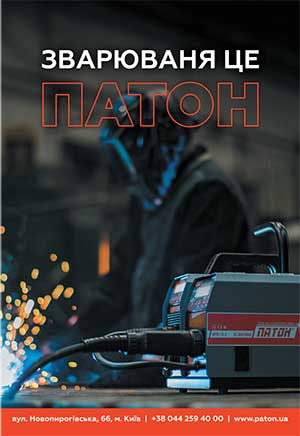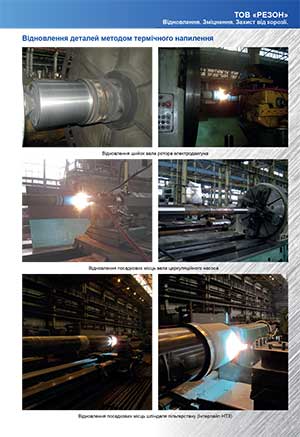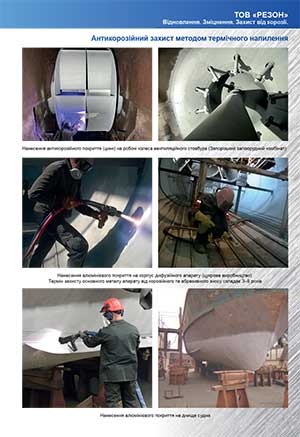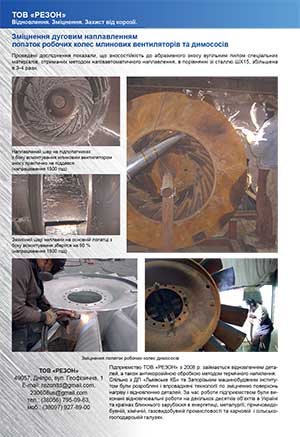| 2021 №10 (06) |
DOI of Article 10.37434/as2021.10.07 |
2021 №10 (08) |
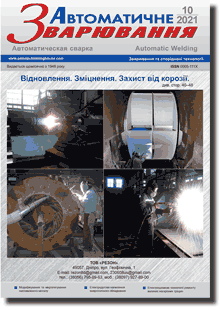
"Avtomatychne Zvaryuvannya" (Automatic Welding), #10, 2021, pp. 49-53
Application of plastic deformation to improve the mechanical properties of resistance welding machines
O.A. Davidenko1, A.V. Zavdoveyev2
1Donetsk O.O. Galkin Physico-Technical Institute of NASU. 46 Nauki Prosp., Kyiv, Ukraine.
2E.O. Paton Electric Welding Institute of the NAS of Ukraine. 11 Kazymyr Malevych Str., 03150, Kyiv, Ukraine. E-mail: office@paton.kiev.ua
One of the main functional features of an electrode for resistance welding is its wear resistance, which is determined, chiefly, by the level of material strength properties in the range of temperatures developing on its surface. In the work, we propose a scheme of thermodeformational treatment of dispersion-hardened electrode alloy of Cu–Cr–Zr system, which is based on application of intensive plastic deformation, combined with special heat treatment. It is shown that at treatment of the alloy by the developed scheme, the highest level of strength properties is reached in the rod billets in the temperature range up to 450 °С. It ensures an increase in electrode wear resistance by 15 % at spot welding. 15 Ref., 3 Tabl., 6 Fig. .
Keywords: intensive plastic deformation, chromium bronze, properties, resistance welding electrodes
Received: 30.07.2021
References
1. Nikolaev, A.K., Rozenberg, V.M. (1978) Alloys for resistance welding electrodes. Moscow, Metallurgiya [in Russian].2. Rosochowski, A. (2017) Severe Plastic Deformation Technology. Whittles Publishing.
3. Valiev, R.Z., Estrin, Y., Horita, Z. et al. (2016) Producing Bulk Ultrafine-Grained Materials by Severe Plastic Deformation: Ten Years Later. JOM, 68, 1216-1226. https://doi.org/10.1007/s11837-016-1820-6
4. Davydenko, O.A., Spuskanyuk, V.Z., Kovalenko, I.M. et al. (2008) Study of effectiveness of combined application of angular hydroextrusion and traditional methods of pressure treatment. Eastern-European J. of Enterprise Technologies, 6, 48-51 [in Ukrainian].
5. Spuskanyuk, V., Davydenko, A., Berezina, A. et al. (2010) Effect of combining the equal - channel angular hydroextrusion, direct hydroextrusion and drawing on properties of copper wire. Journal of Materials Processing Technology, 210, 1709-1715. https://doi.org/10.1016/j.jmatprotec.2010.06.001
6. Davydenko, O., Spuskanyuk, V., Varyukhin, V. (2011) Production a High-Strength and High-Conductivity Copper Wire by Using Equal-Channel Angular Hydroextrusion Method. Materials Science Forum, 667-669, 909-913. https://doi.org/10.4028/www.scientific.net/MSF.667-669.909
7. Vinogradov, A., Ishida, T., Kitagawa, K., Kopylov, V.I. (2005) Effect of strain path on structure and mechanical behavior of ultra-fine grain Cu-Cr alloy produced by equalchannel angular pressing. Acta Mater., 53, 2181-2192. https://doi.org/10.1016/j.actamat.2005.01.046
8. Xu, C.Z., Wang, Q.J., Zheng, M.S. et al. (2007) Microstructure and properties of ultra-fine grain Cu-Cr alloy prepared by equal-channel angular pressing. Materials Science and Engineering: A., 459, 303-308. https://doi.org/10.1016/j.msea.2007.01.105
9. Morozova, A., Mishnev, R., Belyakov, A., Kaibyshev, R. (2018) Microstructure and Properties of Fine Grained Cu- Cr-Zr Alloys after Termo-Mechanical Treatments. Reviews on Advanced Materials Science, 54, 1, 56-92.
10. Purcek, G., Yanar, H., Demirtas, M. et al. (2020) Microstructural, mechanical and tribological properties of ultrafine-grained Cu-Cr-Zr alloy processed by high pressure torsion. Journal of Alloys and Compounds, 816, 152-675. https://doi.org/10.1016/j.jallcom.2019.152675
11. Urbańczyk-Gucwa, A., Rodak, K., Płachta, A. et al. (2016) Characteristic Structure of Cu-0.8Cr Alloy Using SPD Deformation by Rolling with Cyclic Movement of Rolls Method. Key Engineering Materials, 682, 3-9. https://doi.org/10.4028/www.scientific.net/KEM.682.3
12. Lipinska, M., Bazarnik. P., Lewandowska, M. (2014) The electrical conductivity of CuCrZr alloy after SPD processing. IOP Conf. Series: Materials Science and Engineering 63, 012119 https://doi.org/10.1088/1757-899X/63/1/012119
13. Beloshenko, V.A., Varyukhin, V.N., Spuskanyuk, V.Z. (2007) Theory and practice of hydroextrusion. Kiev, Naukova Dumka [in Russian].
14. Sennikova, L.F., Davidenko, A.A., Spuskanyuk, V.Z. et al. (2013) Influence of thermo- deformation treatment on mechanical and functional properties of Cu-Cr-Zr alloy. Voprosy Materialovedeniya, 4(76), 35-42 [in Russian].
15. Osintsev, O.E., Fedorov, V.N. (2004) Copper and copper alloys. Domestic and foreign grades: Refer. book. Moscow, Mashinostroenie [in Russian].

